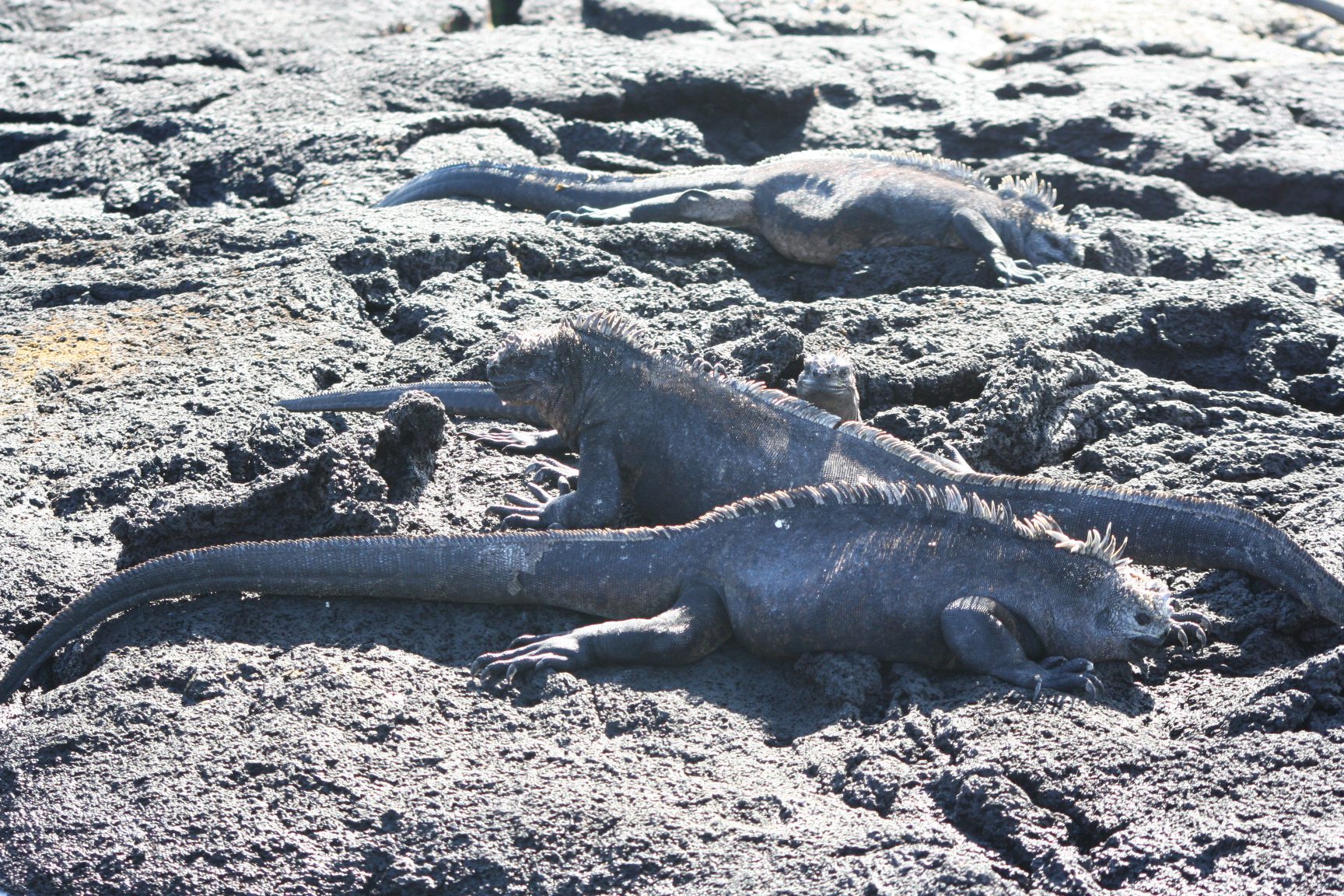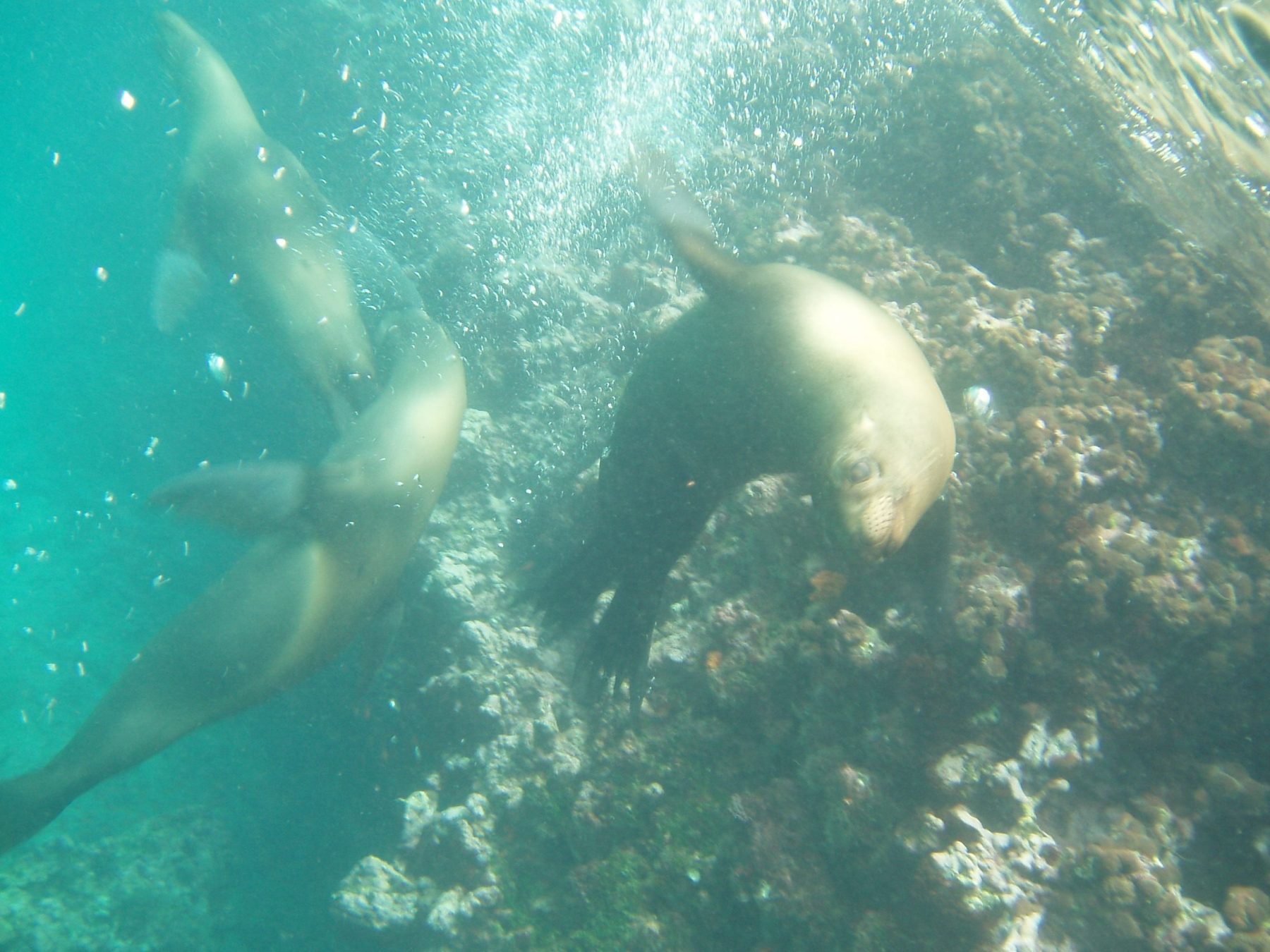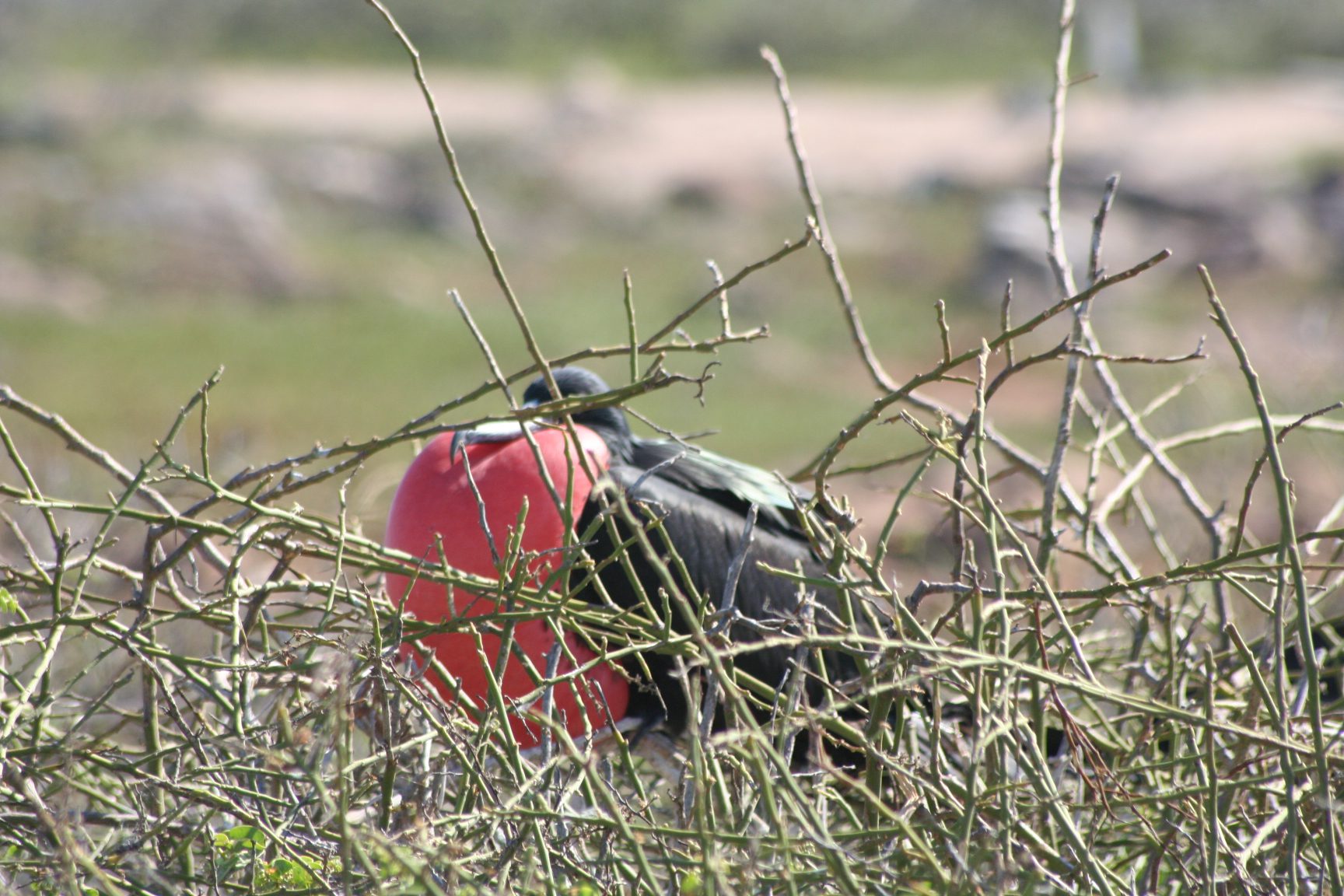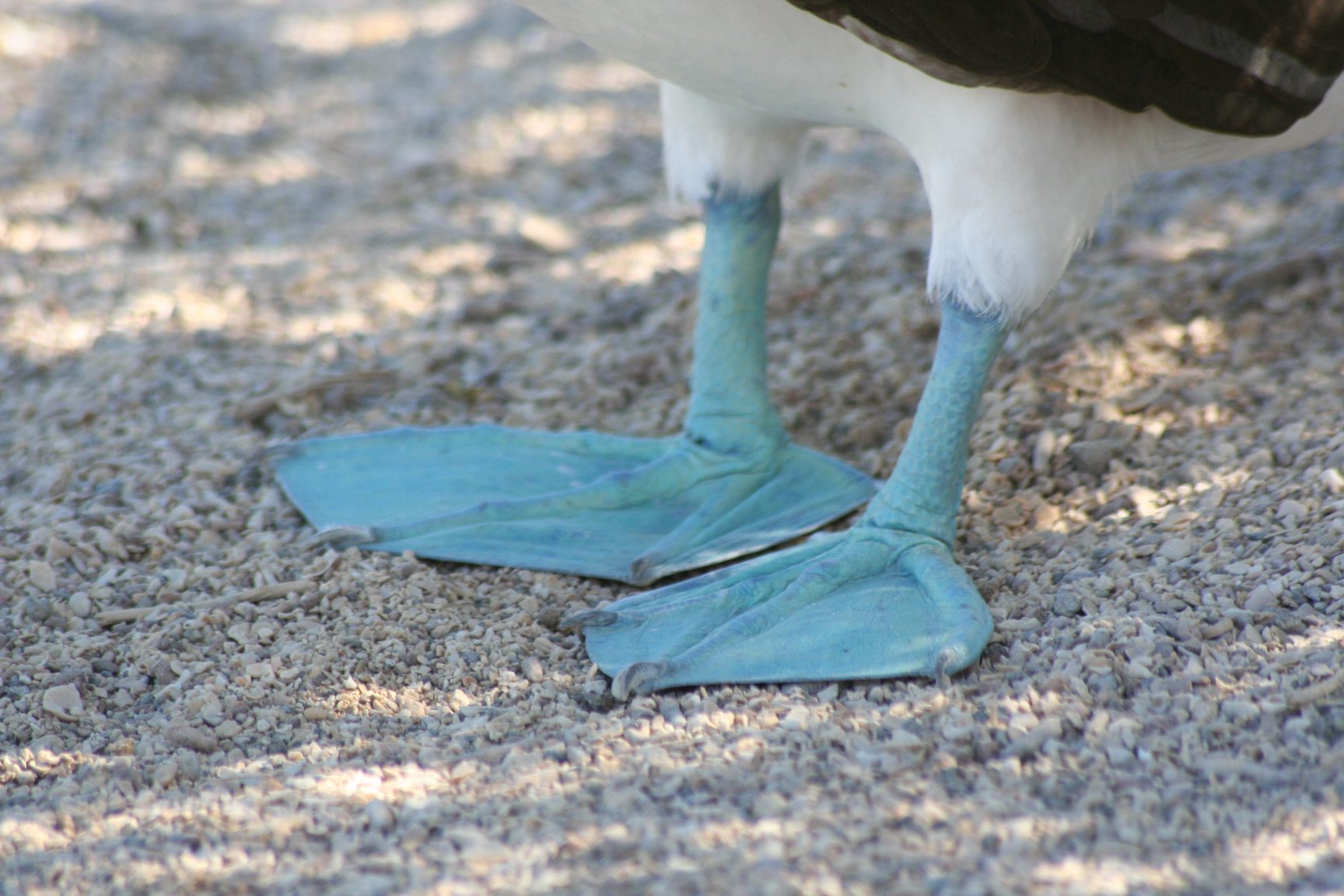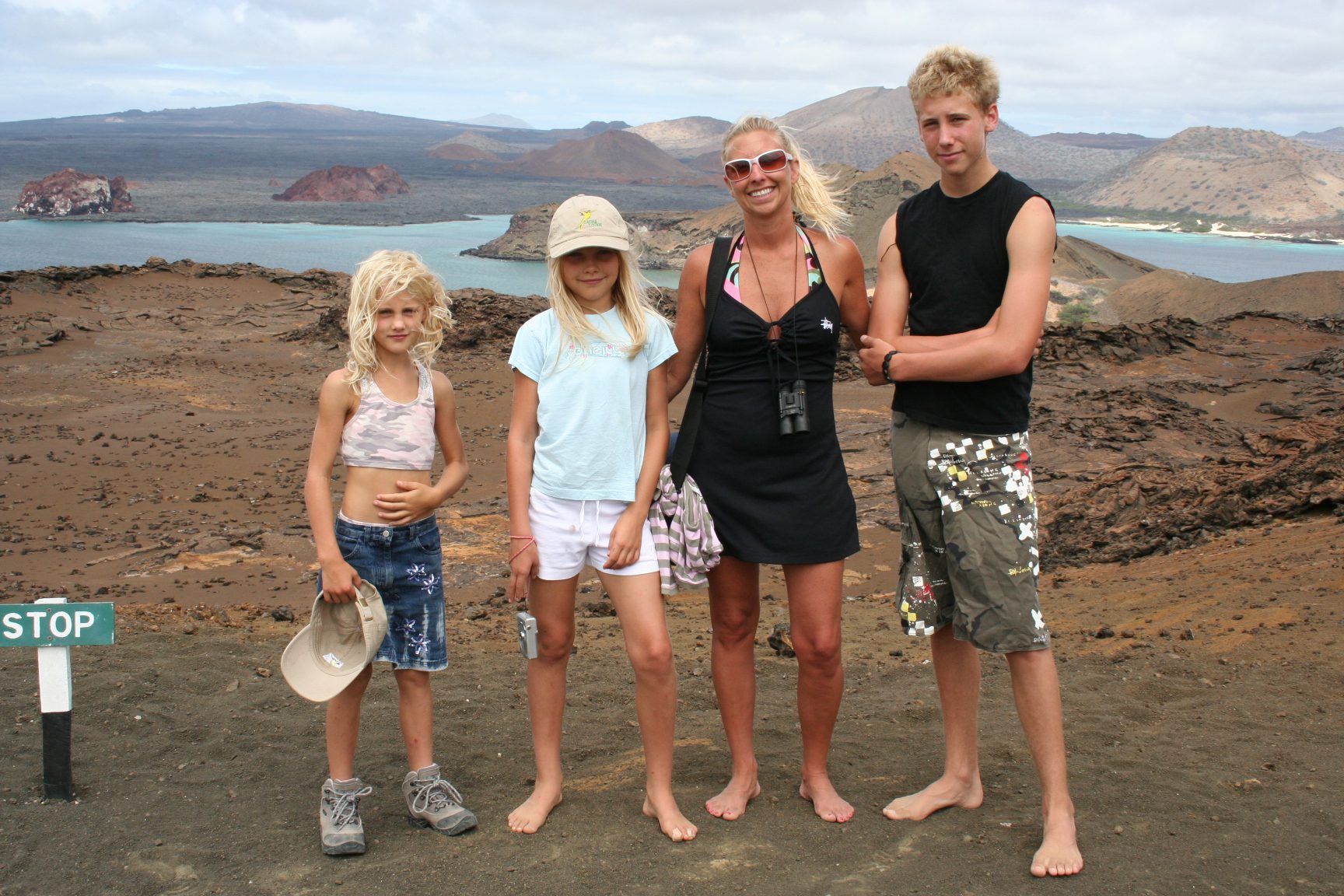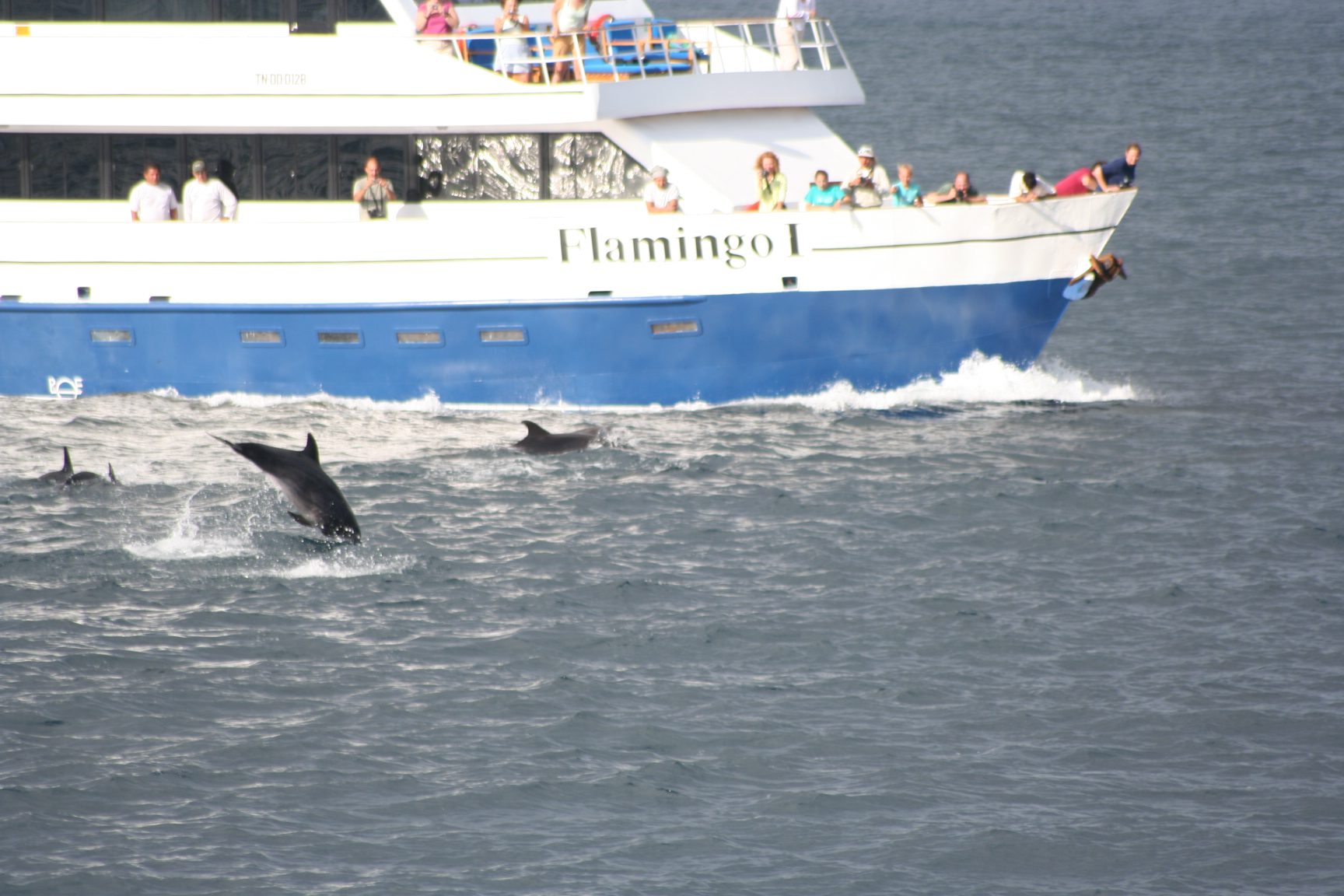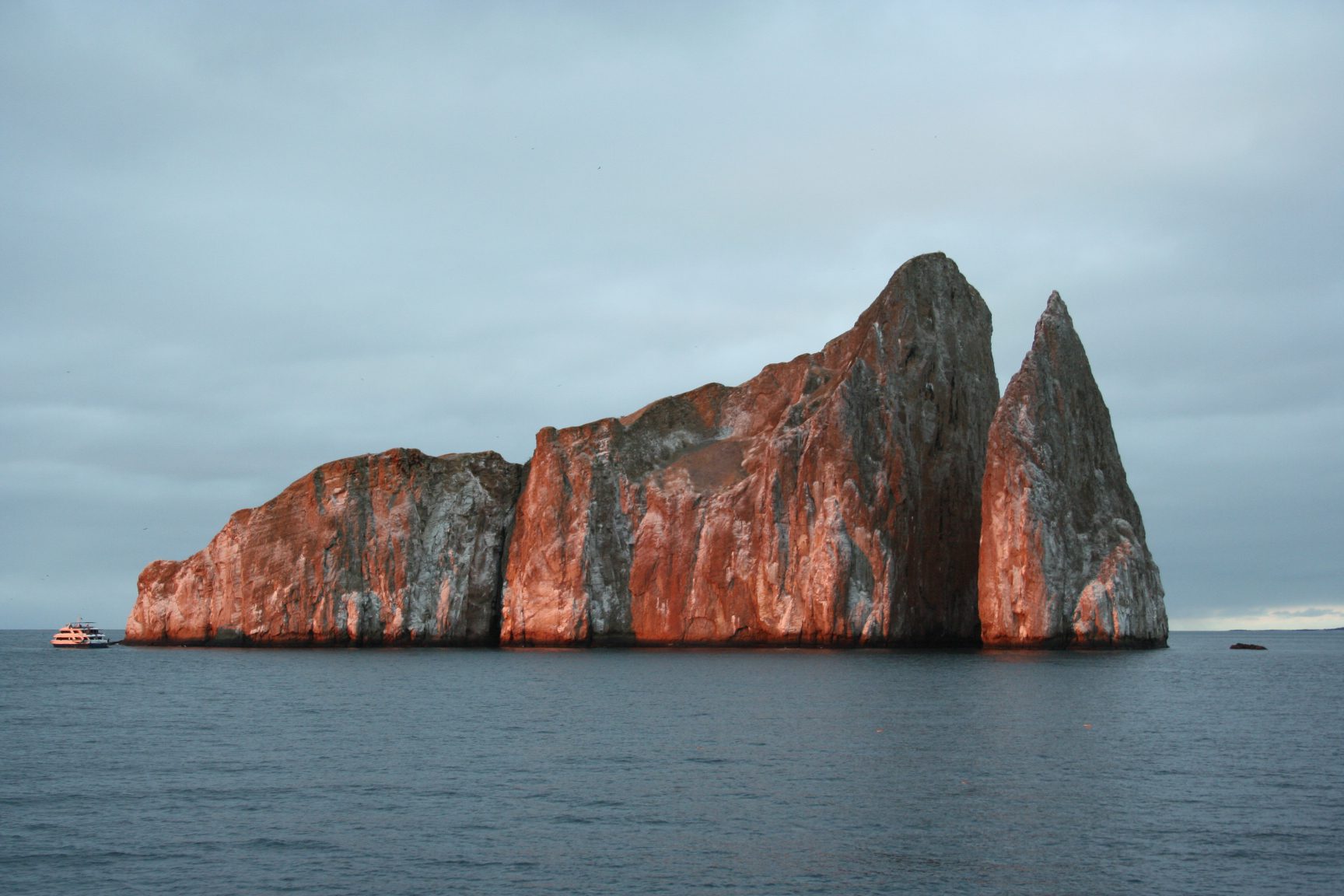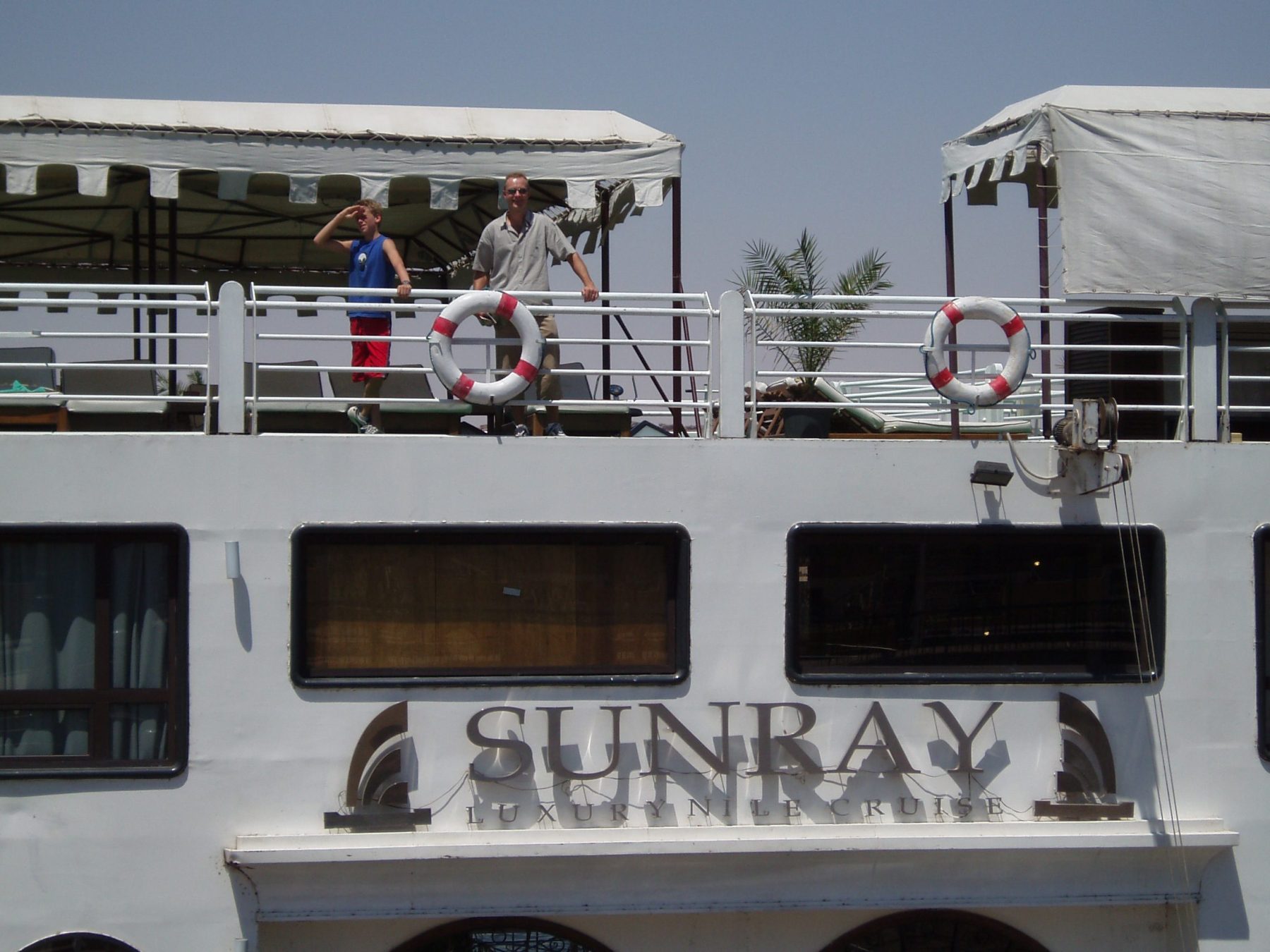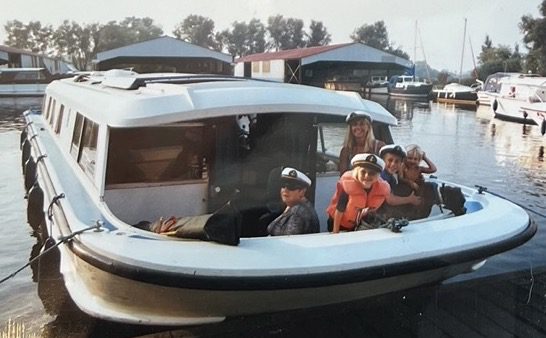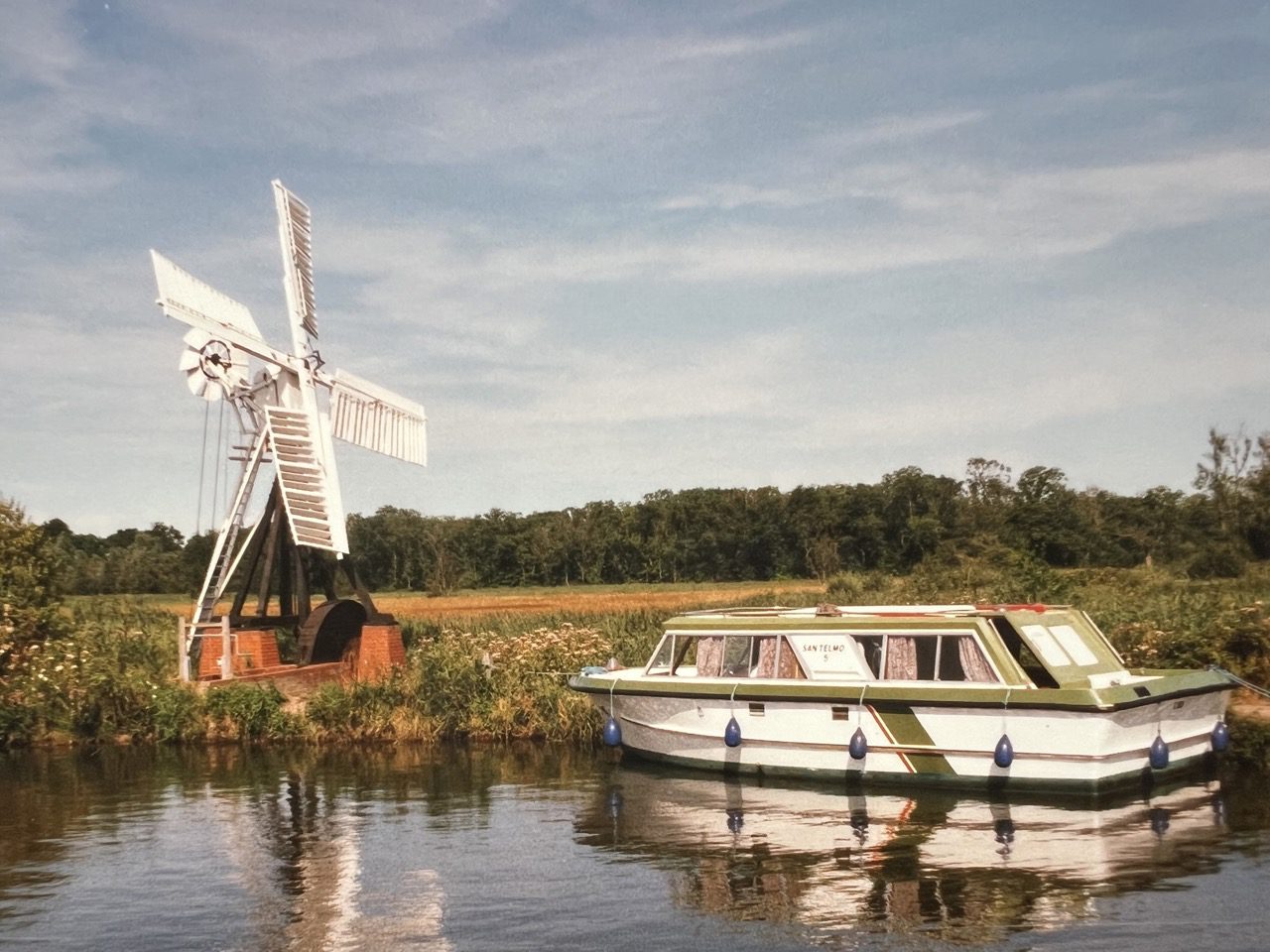Ecuador: Galapagos Day 4: Isle Fernandina
Fernandina is the westernmost island in the Galapagos Islands, the third largest and youngest of the islands, less than one million years old. It is the most volcanically active and sits at the centre of the hot spot that created the Galapagos Islands. There is a short walk around the small peninsula and a longer walk inland to the edge of a large aa lava flow. Punta Espinosa is also one of the best places to see the Lava Cactus. Fernandina is the most pristine of the Galapagos Islands. Two species of the endemic rice rats are found there. Fernandina has a large land iguana population, which nests both on the rim of the caldera and in its depths.

